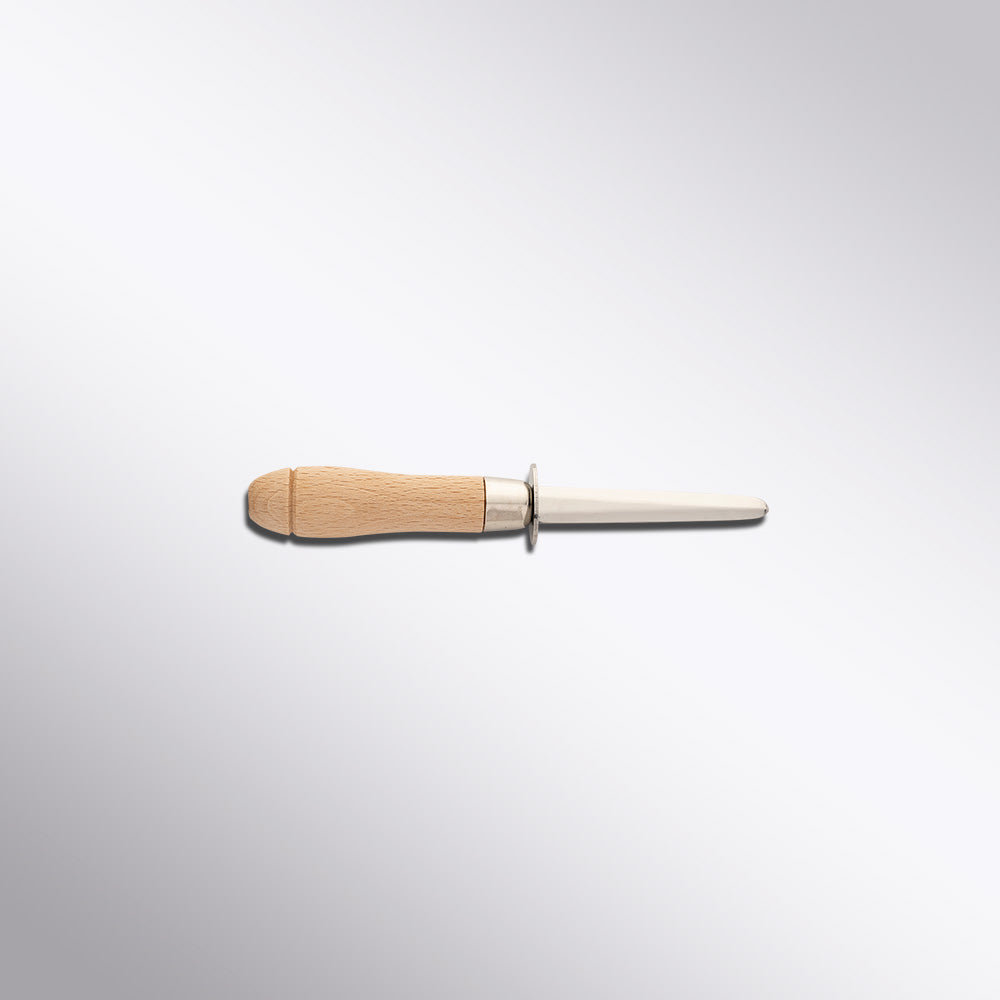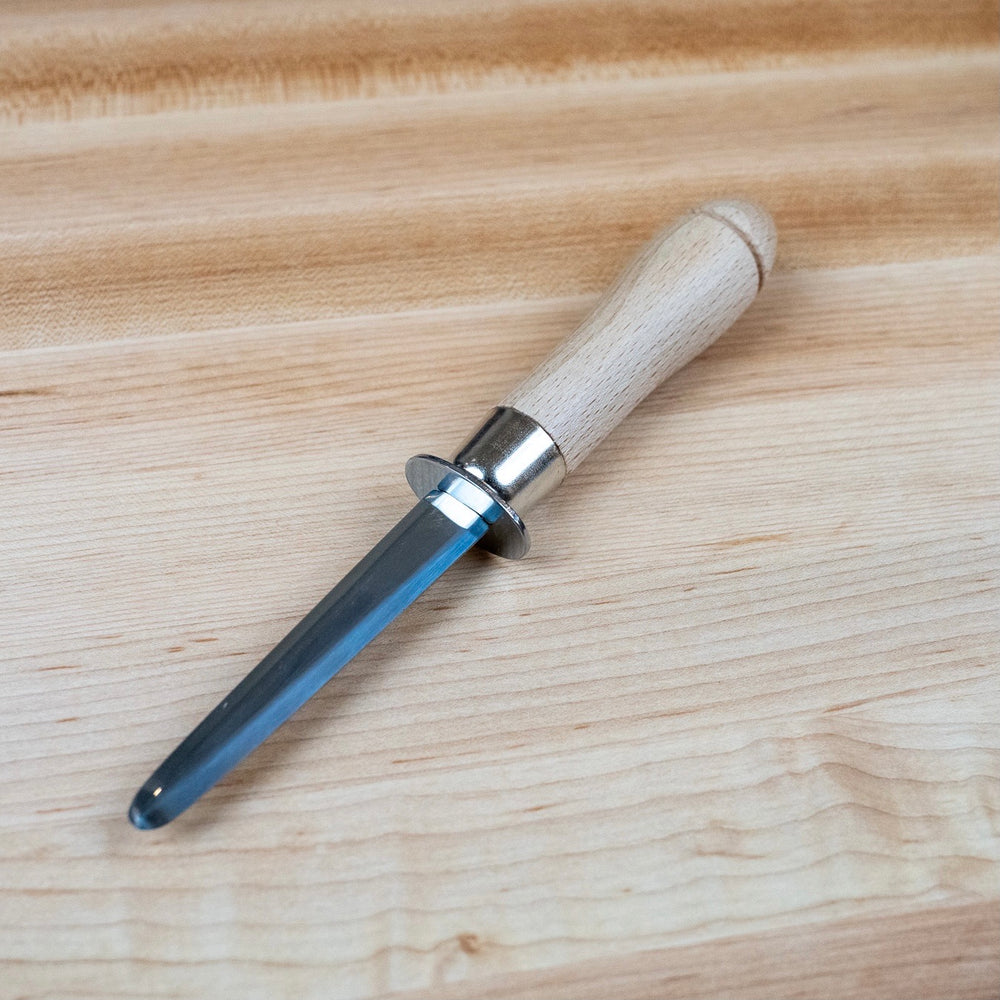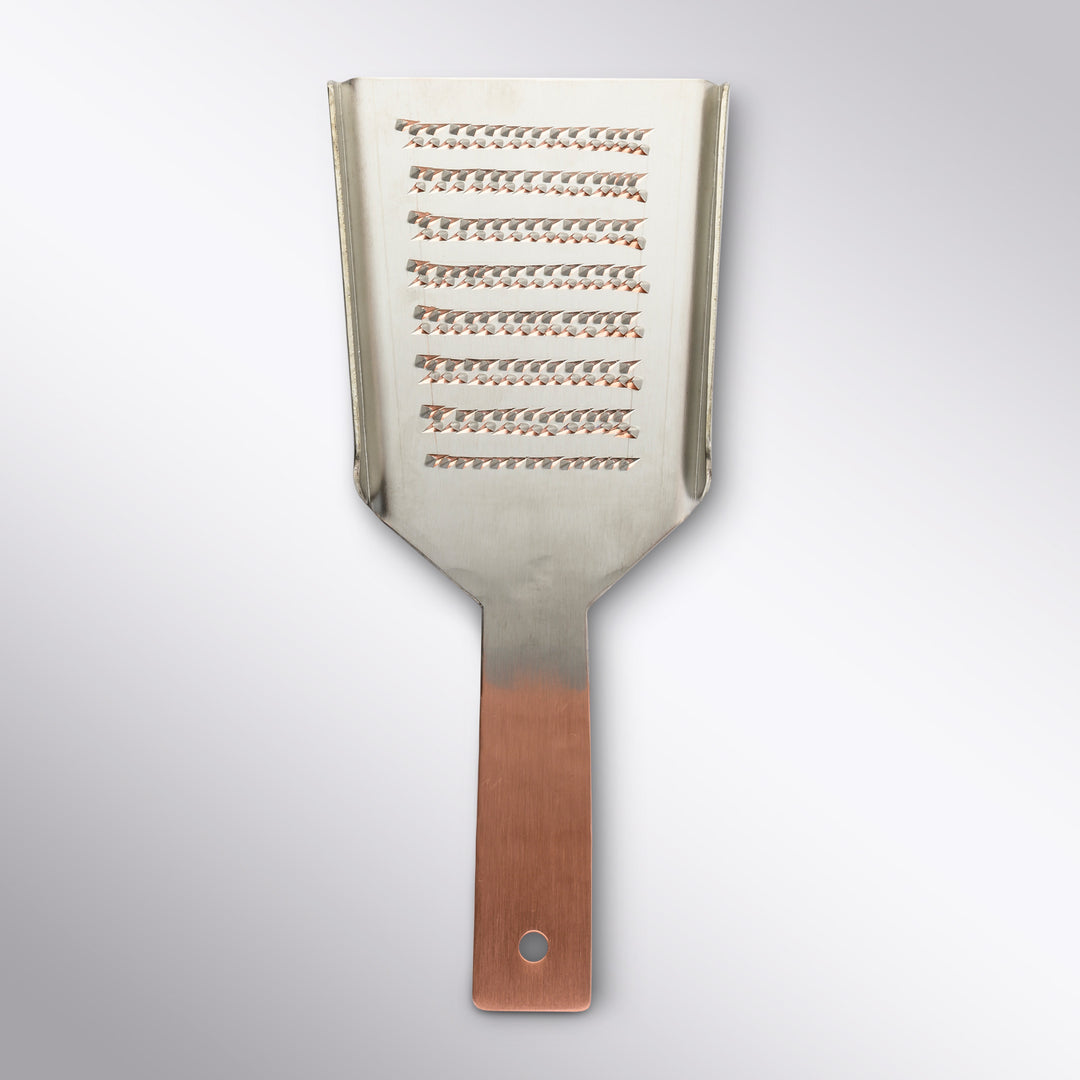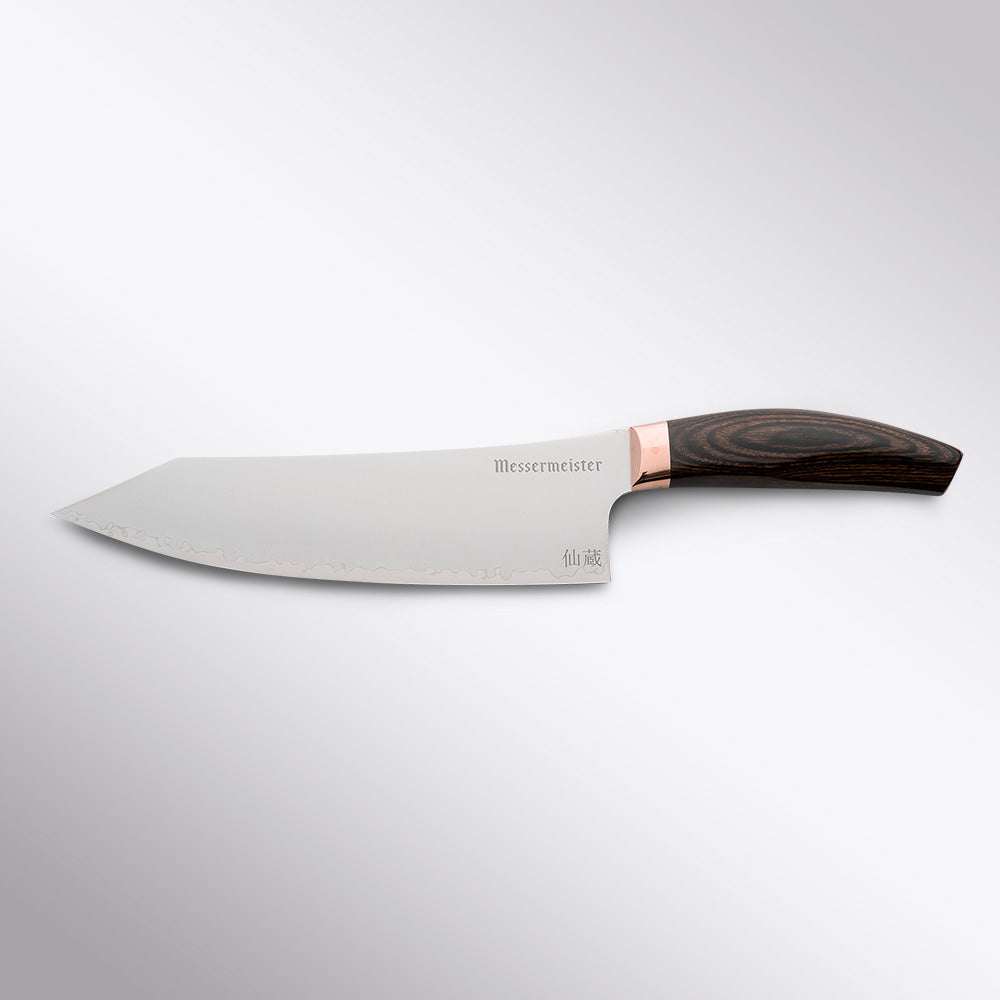The Importance of a Sharp Knife and Why Low-End Knives Can Be Dangerous
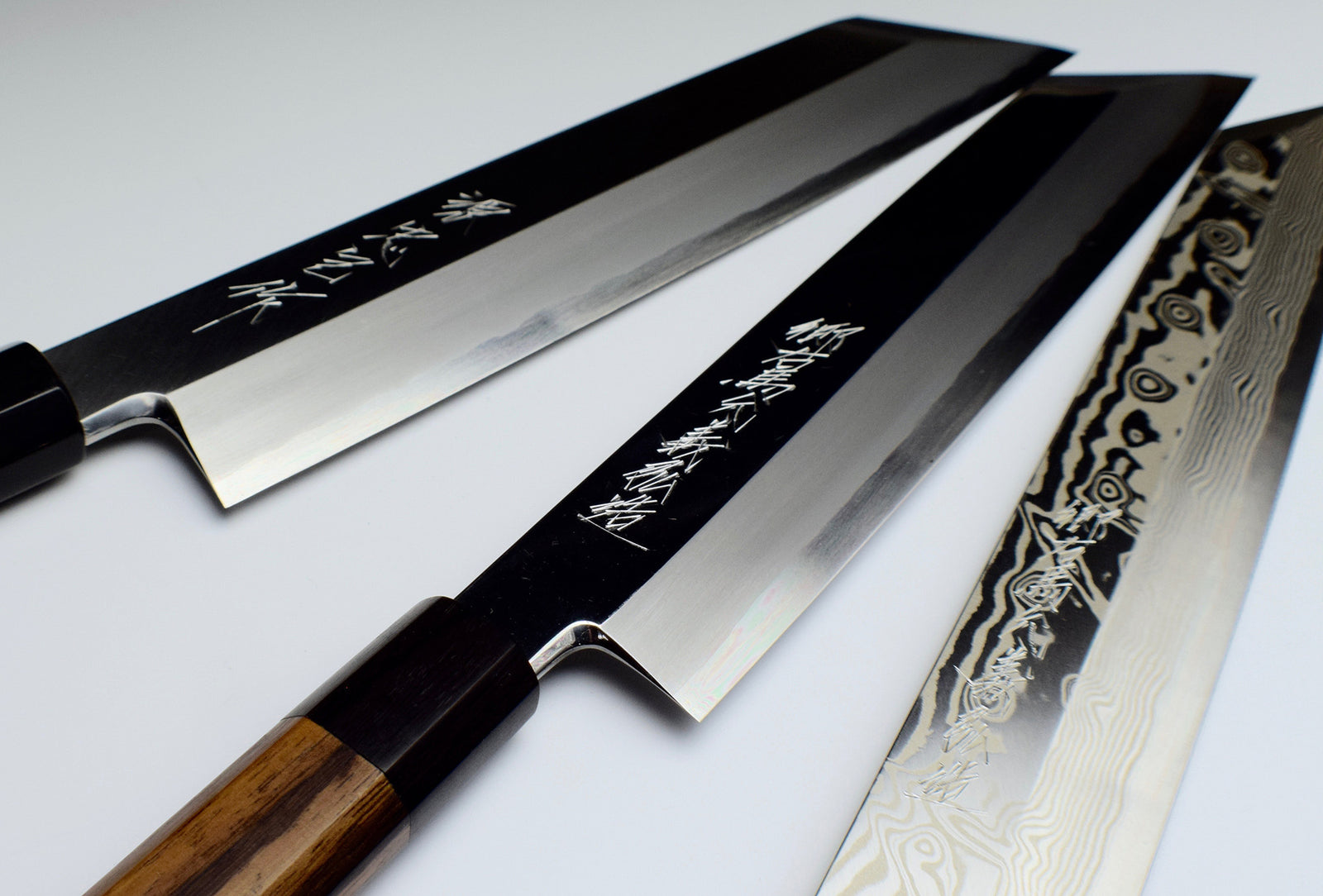
When it comes to culinary endeavors, having the right tools can make all the difference. Among the most fundamental tools in any kitchen is the knife. A good knife can be a chef's best friend, providing efficiency, precision, and pleasure in the kitchen. On the other hand, low-end knives, often plagued with poor design, materials, and sharpness, can be a recipe for disaster. In this article, we will explore the significance of using a sharp knife and the potential dangers associated with using low-quality, poorly designed knives.

The Joy of Working with a High-End Knife
Working with a high-quality knife is an experience like no other. A well-crafted knife with excellent balance and handle design can bring joy to the act of cutting, slicing, and dicing. The balance of a knife refers to the distribution of weight between the blade and the handle. High-end knives are meticulously designed to ensure that the blade and handle complement each other, resulting in a knife that feels comfortable and easy to control.
Reduced Fatigue
One of the significant benefits of using a high-end knife is the reduced fatigue it offers. When preparing meals, especially for extended periods, a poorly balanced knife can quickly lead to hand and wrist fatigue. However, a well-balanced knife allows for smooth and effortless cutting motions, minimizing strain on the user's hand and arm muscles.
Handle Design Matters
The handle of a knife plays a crucial role in providing comfort and control during use. Low-end knives often suffer from poorly designed handles that can be either too large or too small for a comfortable grip. Additionally, these handles may have sharp ridges or corners that dig into the user's hand or fingers, leading to discomfort and potential injuries. On the other hand, high-end knives feature ergonomic handle designs, ensuring a comfortable and secure grip, reducing the risk of accidental slips and injuries.

The Hazards of Low-End Knives
While low-end knives may seem like an economical choice, they come with a range of safety hazards that can outweigh their initial cost savings.
Handle Deterioration
One of the most common issues with low-quality knives is poor fit and finish. Over time, the handle may start coming loose, or pieces of it may chip off. This poses a safety risk to the user as loose parts could potentially break the skin during use. Moreover, loose or damaged handles create crevices where bacteria can thrive, increasing the risk of contamination and foodborne illnesses.
Frequent Sharpening Requirements
Low-end knives often use subpar materials and craftsmanship, resulting in blades that lose their sharpness quickly. A dull knife requires more force to cut through food, making it unpredictable and more likely to slip off the surface. This increases the risk of accidental cuts, as the blade may veer off course and potentially injure the user's fingers or hand.
Unpredictable Results
A dull knife can cause unpredictable results while cutting or chopping. As the blade struggles to penetrate the food's surface, it may "skip" or slip with force, leading to an unintended cut or injury. In contrast, a sharp knife provides better control as it effortlessly "bites" into the food, allowing for precise and intentional cuts.
Prolonged Healing Time
Injuries caused by dull knives can be more severe compared to those made by sharp blades. A dull knife tends to tear and bruise the flesh rather than making clean cuts. As a result, wounds inflicted by dull knives may take longer to heal and increase the risk of infection.

In conclusion, a sharp knife is an indispensable tool in the kitchen, offering efficiency, precision, and control to any culinary task. High-end knives, with their balanced design and ergonomic handles, provide a delightful experience for chefs and home cooks alike. On the other hand, low-end knives can be dangerous due to their poor craftsmanship, handle design, and frequent need for sharpening.
When it comes to knives, investing in quality is crucial for both safety and overall culinary enjoyment. A well-crafted knife not only enhances your kitchen experience but also reduces the risk of accidents and injuries. Remember, a sharp knife is not only a pleasure to work with but also a safer one. So, choose your kitchen tools wisely and prioritize the importance of a sharp knife for a delightful and safe culinary journey.








